What is worth buying in Bulgaria and Sofia, what are the best souvenirs of Bulgarian craftsmanship to take home after our trip to this Balkan country? During your tour you will often find shops and markets offering the best of Bulgarian craftsmanship. Objects that are the result of the country’s history and the numerous cultural influences that arrived here during its rich past. So let’s find out together what to buy during your trip to Bulgaria, bringing home an authentic souvenir , for yourself or for a special person.
Bulgarian Craftsmanship
Local craftsmanship has ancient origins, which are rooted in the history of Bulgaria and its traditions. The history of the country’s craftsmanship, in fact, has its roots back thousands of years, under the influence of numerous cultures over the centuries. Among the cultures that have enriched the objects that are worth buying in Bulgaria today, we find Thracians, Slavs, Ottomans and Byzantines , thus developing unique characteristics. Among the first things to mention about its craftsmanship, the processing of roses from the Rose Valley cannot be missed . This precious Bulgarian flower, in fact, is among the most prized and well-known in the world and numerous local handicraft objects are produced from rose essential oil. Bulgaria is also world famous for its kilim carpets , handmade with bright geometric motifs, and for the production of its ceramics , dating back to the Neolithic.
The tradition of woodworking and inlaying is also deeply rooted, thus finding numerous Bulgarian souvenirs in this material. Tryavna above all is famous for its carving tradition. Bulgarian craftsmanship is very important for the identity of this people, as it preserves its traditions and is linked to local folklore. Still passed down from generation to generation today, these skills are world renowned and there are numerous shops, markets and shops where you will find souvenirs and items that are worth buying in Bulgaria and Sofia during your trip!
Top 10 – What to buy in Bulgaria
There is a wide choice of souvenirs that are worth buying in Bulgaria and Sofia, coming from local craftsmanship. Thanks to its tradition, art and the quality of the materials present, you will find unique Bulgarian objects, generated by the various cultural influences and history of this country. It won’t be difficult to find what is worth buying in Bulgaria, bringing home a unique souvenir from your trip . This way, you can remember your experience forever or give a gift to a special person. So, what to buy in Sofia and Bulgaria?
Here are our recommendations on the 10 best Bulgarian souvenirs from its craftsmanship!
Click the button and find all search platforms and book your next trip yourself.
Read also: Delightful Bulgarian Cuisine: A Taste of Home
1. Rose oil
Among the first things that we absolutely want to recommend you to buy in Bulgaria, we find rose oil. In fact, the town is internationally renowned as a producer of roses and for the processing and extraction of its oil, boasting a tradition dating back hundreds of years. The type is called Rosa Damascena , a one-of-a-kind hybrid that blooms naturally in the Rose Valley , in the south of the country, between Karlovo and Kazanlak. Its scent is intense , rich in fruity and floral notes, which makes it a magnificent ingredient for the production of essential oils. Among the most prized and sought after type of rose oil in the world, its production process is also very delicate and typical of Bulgarian craftsmanship.
The roses, in fact, are picked by hand in the morning, with the petals still rich in dew which makes the scent more intense. Using copper stills, the petals are distilled according to an ancient method, unchanged over the centuries, during a distillation of many hours. Furthermore, to obtain one gram of oil, over 3,000 petals are needed ! From the precious Bulgarian rose oil, numerous objects are produced, among the things to buy in Sofia and in Bulgaria as unique souvenirs, including liqueurs , sweets , parapharmaceutical products, perfumes and cosmetics . Furthermore, the Rose Festival is held annually in Kazanlak , the best time to admire the flowering expanses and the typical harvest. The flowering season is between May and June.
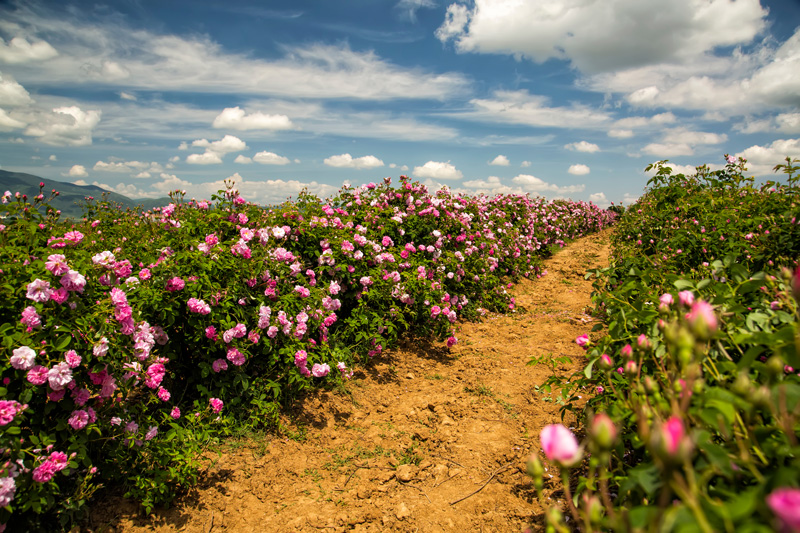
2. Nosiya
Nosiya is at the center of Bulgarian craftsmanship and is a unique thing that is worth buying during your trip to Bulgaria and Sofia. The term nosiya refers to traditional Bulgarian clothing , especially women ‘s dresses . In addition to being aesthetically beautiful, it has a long history behind it, reflecting the cultural identity of a people. In fact, each region presents different styles of this dress, seeing variations in colors, fabrics and embroidery. In particular, the shevici , the reference on the dress, is very important and represents what the dress wants to symbolize. Be it good luck, the importance of nature or fertility. Furthermore, Bulgarian craftsmanship still frequently creates traditional clothes using natural materials , such as hemp or wool, a symbol of the people’s connection with the land .
Culturally, the Nosiya is still very present in the life of the country and is worn during traditional festivals and performances, keeping the folklore alive. While remaining tied to the past, the traditional dress is often reinvented in modern ways by many contemporary stylists and designers. The traditional dress also appears during the Bulgarian National Revival in the 20th century. The women’s version consists of a skirt, apron, typical jewels and a pinafore, while the men’s version consists of a waistcoat, shirt and trousers. Like the shevitsi, its colors are also rich in meaning. Red, for example, symbolizes blood, fire and fertility, protects from black magic and spirits that awaken in spring.
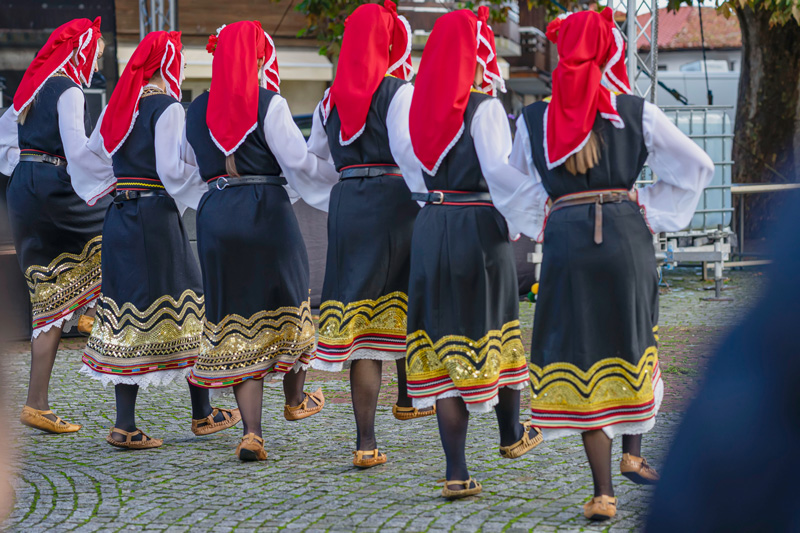
3. Bulgarian porcelain
Renowned for its quality among national craftsmanship, local porcelain is famous throughout the world. Among things to appear in Bulgaria as souvenirs, best known for its teardrop pattern and delicacy, Bulgarian porcelain is an object loved by collectors and those who appreciate craftsmanship. Its history dates back to the 18th century , when the first porcelain factories were founded in Plovdiv and Sofia , in whose surroundings there was a lot of clay . As we said, among its main characteristics we find the teardrop motif, also known as troyanska kapka . This is inspired by nature and the drops of water falling on the rose leaves in a poetic way.
The design is created with very thin brushes, working each piece by hand according to the artisan tradition still today. From generation to generation, the method is taught and each piece therefore represents a one-of-a-kind work of art . Today, you can find numerous objects as souvenirs from Bulgaria and which are worth buying in Sofia, as well as in various colors. In fact, there are teapots, plates, cups, objects and much more in porcelain. The most popular places where it is best to buy porcelain in Bulgaria are certainly Tryavna, Sofia and Plovdiv. But we can also find it in all souvenir shops. Finally, it is always important to check the quality certificates .
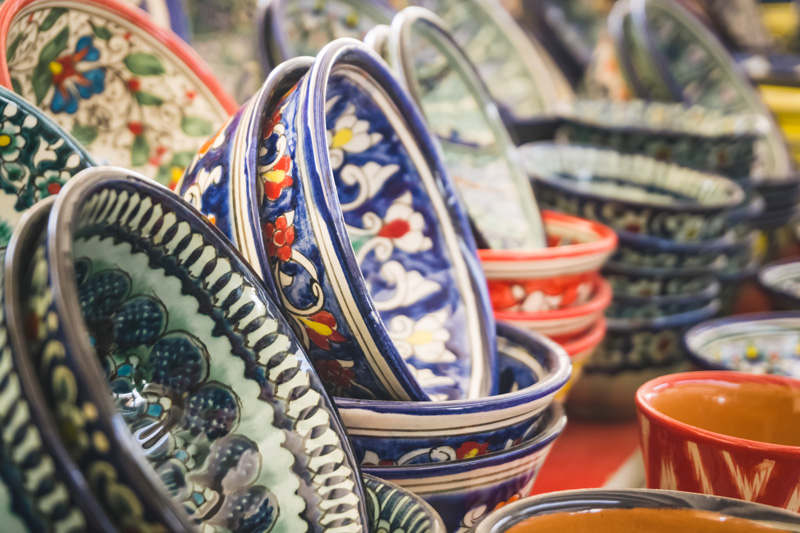
4. Martenitsa
A unique object of Bulgarian craftsmanship that we recommend buying in Bulgaria for yourself or for a loved one, thus bringing home a special gift, is the marteniza or Martenitsa. This small red and white object is traditionally worn, exchanged or given as a gift during March , thus welcoming spring . This object is part of an ancient tradition, dating back to the 9th century , and is one of the most loved Bulgarian customs ever. Marteniza can be made in different ways , more or less simple. With tassels, red and white threads, in wool or cotton, or forming little fabric dolls . According to historians, this is a custom connected to Mars , god of war and spring. In fact, spring historically also coincided with the period of the beginning of wars , and men left home to fight.
The women, then, worried about their husbands, prepared these talismans . The red represented the blood that should not be shed and the white their faces pale with fear as they waited. Today, these small Bulgarian handicraft objects have a festive meaning and represent a gift for Baba Marta . Celebrated on March 1st, she sends away the cold. A small object that represents a lucky charm . Simple but it fills the heart with joy that we can also see on the trees in Bulgaria during spring.
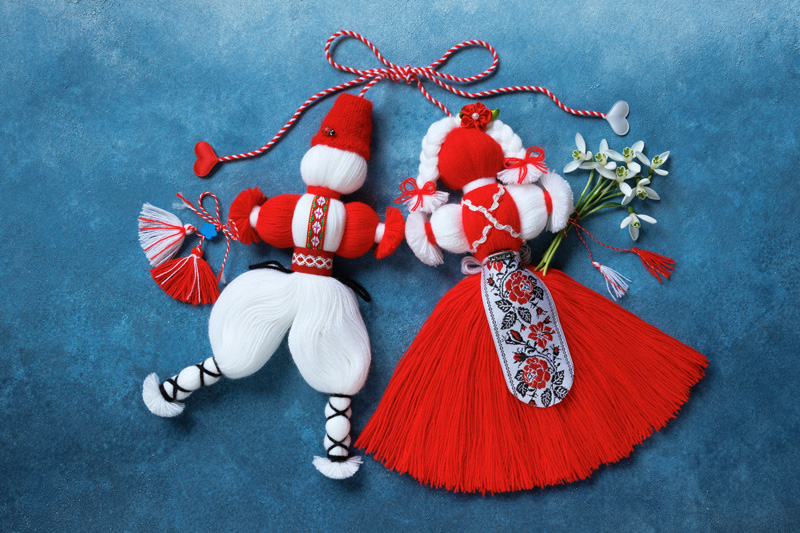
5. Masking Cocks
According to Bulgarian tradition, the Kukeri, the hooded ones , are very elaborate male costumes of local folklore. These customs are connected to rites and dances that recall the ancient Thracian rites related to the cult of Dionysus . Furthermore, these customs are also present in different ways in Balkan culture. The task of the Kuker, according to the myths, is to chase away evil spirits , propitiating the harvest and luck for the year. In Pernik , these rites are performed on January 13 and 14, during the Surova Festival , the Orthodox New Year. Others, however, take place in spring, like a carnival . Since 2015 the costume and associated ritual in the Surva Festival has been declared a UNESCO World Heritage Site .
The costume worn only by men covers the entire body, there is a wooden humanoid or animal-like mask , usually in the shape of a moose or goat. Furthermore, these masks can also have a double face, and are covered with skins or fur. Finally, the costume is accompanied by large bells on the belt. Observing the Kukeri in parade during the dances is undoubtedly an evocative sight and a traditional mask is a unique Bulgarian souvenir to buy in the country and in Sofia, to bring home an ancient part of Bulgarian craftsmanship.
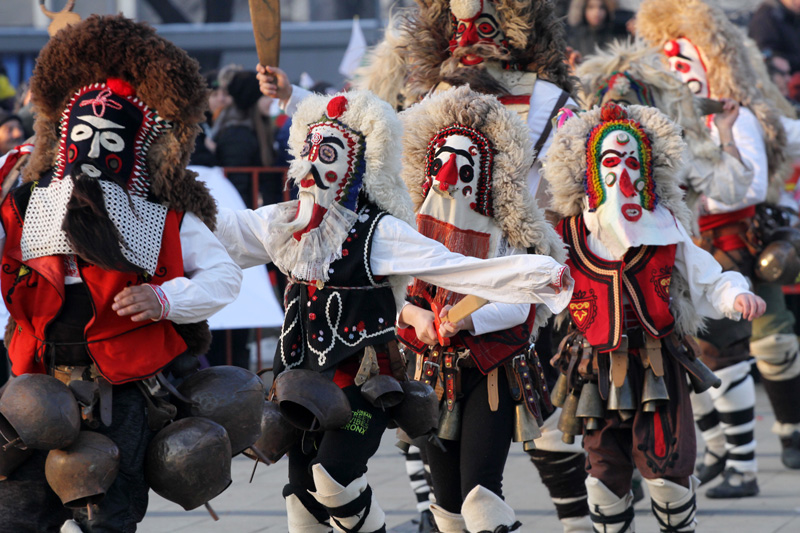
6. Brandy
Among the most popular alcoholic drinks in Bulgaria, as well as being among the things that are worth buying in Sofia and during your trip to the country, we find rakia. Highly alcoholic and characteristic of the area, it is prepared by the distillation of fermented fruit and widely present on Bulgarian tables, also as an aperitif or to accompany typical salads. Among the most common variants we find those prepared with plums or grapes and has an alcohol content that can range from 40 to 80% if distilled in a domestic environment. Furthermore, the fermentation of the fruit takes place using copper stills on the fire directly, or in a bain-marie. The resulting evaporation is taken to cool through a long tube and the first liter of boiling is always thrown away, thus avoiding contamination by methyl alcohol, which is harmful.
Then sugar is added to the rakia and its preparation, even today, is an example of Bulgarian craftsmanship and its secrets are jealously handed down. This distillate is often transparent, although aging in wood, especially oak barriques, can cause the liquid to take on an amber color . Considered the national drink of Bulgaria, you will find it everywhere during your trip. Its origin is probably from Asia, being then imported into the Balkans, as its name has Arabic origins, probably arriving in the 11th century, but others say that this drink was born in Bulgaria in the 16th century . Finally, fans cannot miss the Rakia Fest in Sofia in December.
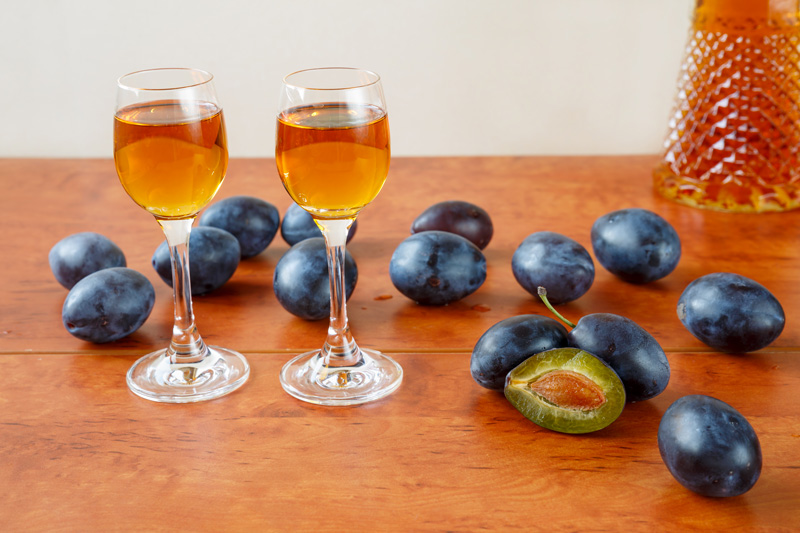
7. Kilim rug
Kilim rugs play a very important role not only in Bulgarian textile production , but also in its craftsmanship. Among the things that are worth buying in Bulgaria during your trip if you want to furnish your home with a unique object or give a special gift, these carpets are also present with numerous regional variations and are especially popular in the city Chiprovtsi . Kilims generically represent hairless carpets , worked like a tapestry and are a typical production of the Balkan area, also present in Pakistan. A highly decorative object , today appreciated and present all over the world.
The colors that are used for these processes for these Bulgarian souvenirs have colors that reflect the landscapes in which we can find them. In fact, those created near the Rhodope Mountains are mainly green and brown, while approaching the Black Mer they integrate yellow and blue. As motifs we can mainly observe geometric ones , but also animals, flowers or rarely life scenes and they use natural materials , following the ancient tradition of local craftsmanship, such as wool or cotton, as well as natural dyes. The main peculiarity of Bulgarian kilims, however, is that they are double-sided , woven on both sides, making it reversible.
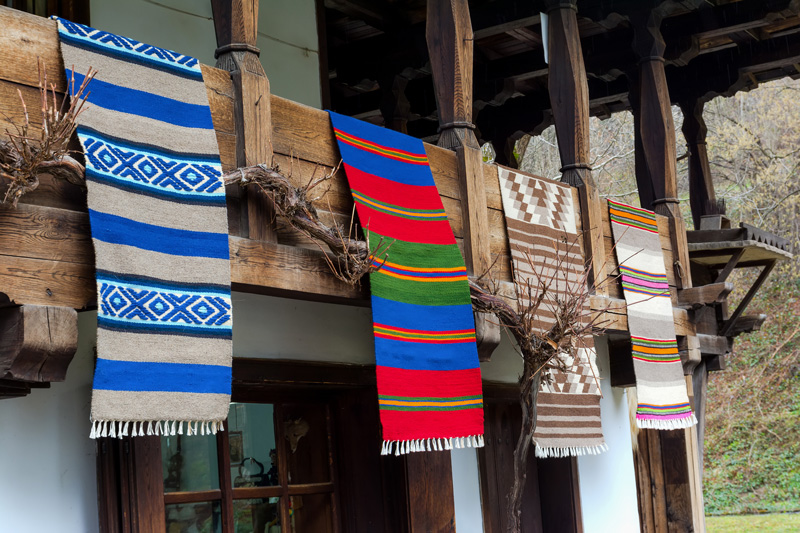
8. Cosmetics
As we saw at the beginning, rose oil is a formidable asset for Bulgarian craftsmanship, from which numerous cosmetic products are also born. Formidable for the skin for their properties , and not just for the delicious scent. According to historians, roses were first brought to Thrace by the warriors of Alexander the Great . Already in 1210 the Belgian chronicles tell of the crusaders crossing the rose plantations in Thrace, today the Valley of the Roses . The properties of these roses were already highlighted by the ancient doctor Avicenna , the first to support the production and use of rose water for the sick.
Today, Bulgarian rose oil is also integrated into the production of cosmetics , creating unique products for body, hair, face, perfume and even together with spa products. In addition to essential oil , one of the most popular products is Bulgarian rose cement , a highly scented red-orange wax used to create absolutes and other products. Absolute is a red liquid with a very delicate rose smell, used mainly in high-quality perfumery . Furthermore, the thermal springs present in Bulgaria have excellent health benefits, with antioxidant and regenerative properties for the skin. Finally, its clay is excellent for reactivating circulation, detoxifying and remineralizing the skin. There are also many Bulgarian cosmetic products prepared with essential oils of all types.
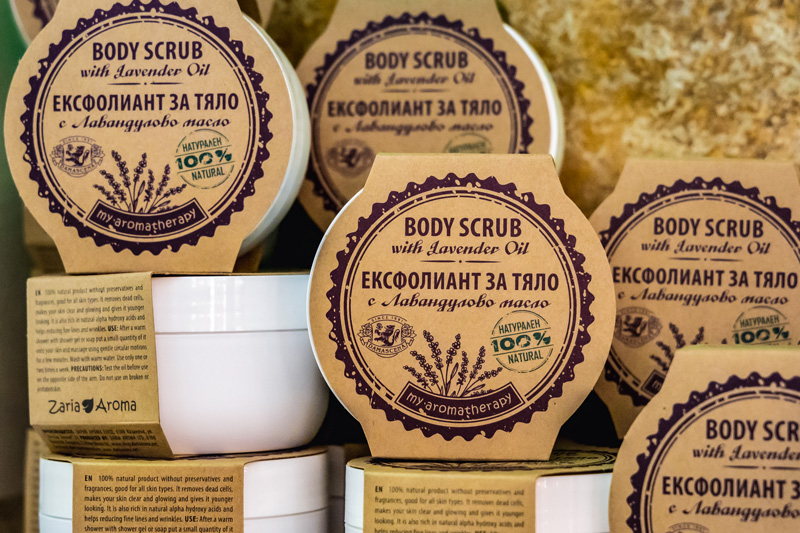
9. Wooden objects
Among the things that are worth buying in Sofia and Bulgaria during your trip to bring home a unique souvenir of local craftsmanship, wooden objects cannot be missing. In fact, Bulgarian woodworking has an ancient tradition, which has its roots back thousands of years, being influenced by the cultures that followed. From the Thracians to the Ottomans , the various peoples have developed different processes, still very recognizable today, making Bulgarian carving appreciated internationally. Among the most famous places where you can buy this souvenir of Bulgarian craftsmanship we find Tryavna , the capital of carvers, popular for its school founded in 1871 .
The perfect place if you are looking for furniture, objects and sculptures. Koprivshtitsa is also no exception, developing woodworking during the Bulgarian Renaissance and famous for religious icons . Bansko , at the foot of Pirin, is famous for floral and geometric carvings. Gabrovo, on the other hand, is the perfect place if you are looking for a wooden toy as a Bulgarian souvenir. The Bulgarian forests, in fact, are rich in excellent quality wood, such as beech, cherry or walnut.
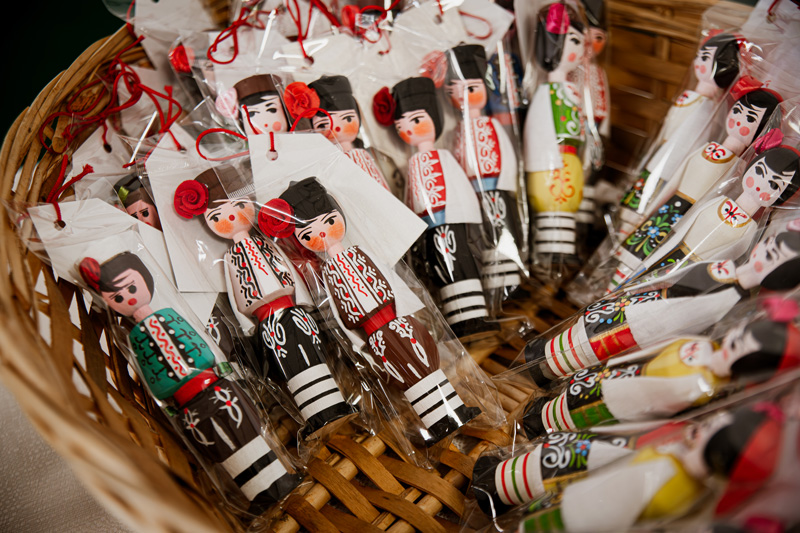
10. Lyutenitsa
Finally, among the objects that are worth buying during your trip to Sofia and Bulgaria, we also want to leave you something tasty, which at home can remind you of the flavors of Bulgarian cuisine . Ljutenica, in fact, is among the most loved and widespread condiments in the country, but also in Serbian and Macedonian cuisine. A tasty vegetable-based condiment, it is not always spicy and is made up of carrots, aubergines, onions, garlic, oil, tomatoes, sugar and salt. There are also many variations, which can have a consistency with pieces or blended .
In Bulgaria you will find this preparation practically everywhere sold in jars that take up entire aisles of shops. Bulgarians love to spread it on bread. Considered a multipurpose recipe from poor cuisine, but very tasty, it can be preserved for very long periods and can be considered a hybrid between a sauce and a condiment. Furthermore, Bulgarians love to spread it on bread together with sifrene , a cheese like Greek feta, or accompany it with french fries instead of ketchup.
Read also: Grecian Gastronomy: A Culinary Tour of Greece’s Regional Delights




